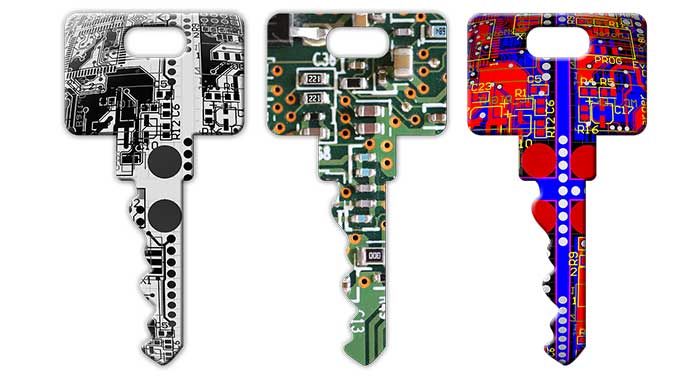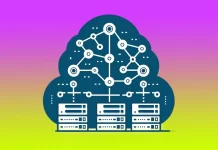It is becoming more commonplace to run business critical applications on virtualized servers, move core processes to cloud services, and use mobile tech to collaborate with a distributed workforce. In fact, strategic IT trends such as virtualization, cloud, and mobile are cornerstones of operational efficiency for any enterprise. However, security is the number one concern stifling each of these IT trends from 100% adoption.


For instance, virtualised servers do not always come with strong security, nor do they guarantee the integrity and reliability of applications and information. In the case of external cloud service providers, clients do not have visibility and transparency into the service provider's security architecture and processes. Mobile malware is rising fast; when combined with bring your own device (BYOD) strategies, mobile throws a slew of challenges that businesses find difficult to manage and secure. The convergence of various technologies and their associated risks has necessitated businesses to view the fragmented risks in unison to achieve the best possible end-to-end security approach.
Protecting critical infrastructure and information
Governance, risk management, and compliance determine the effectiveness of IT teams to communicate any issues, prioritise remediation efforts, or automate assessment processes to improve the overall security ecosystem. Given such well-defined bounds, a security strategy framework broadly encompasses the following measures: securing operations, securing data, securing hardware, and managing endpoints and embedded systems.
To ensure cost-efficient and secure information management, the security ecosystem embraces several layers of solutions, measures, and strategic use of technologies. Measures to secure the storage platforms and server hardware, strengthen access control with authentication, improve user monitoring techniques, and improve data backup and data strategies all better enable the business to demonstrate and comply with regulatory compliance requirements.
Centralizing security operations
Integrating disparate security applications to gain a holistic view of the state of enterprise security is essential. However, it is a tedious and time-consuming security management task to undertake such an initiative without the proper tools. It is only with a fully integrated, centrally managed security console, that the IT team can be effective in achieving this goal. Centralized management of security gives greater control and consistency over automated policies that manage user access, password rules and policy-managed key distribution—increasing operational efficiency and reducing costs. Furthermore, the tool becomes a powerhouse of security solution if it comes backed by the following advantages:


Automated incident response: With the automated incident response, the IT team can automatically open and close tickets, send emails to key stakeholders, analyse communications, deploy remediation plans, and flag an incident for review.
Reduced downtime: With full control over data security, the IT team can use simple management tools to mitigate risks. For instance, the team can easily manage device access recovery in the event of a forgotten password, lost or damaged token and other similar requests.
Simplified regulatory compliance: Central data security management helps to improve the speed at which the IT team is able to demonstrate compliance with privacy laws and payment processing standards. It is important for the IT team to have a bird's eye view of compliance across the organization.
Swift recovery of data after encryption: When calculating the total cost of managing data security, it is important to think about how data can be recovered. Situations such as employees leaving the company without returning a laptop, or forgetting a password, are cases that must be considered when designing a robust corporate security policy. The IT team must also consider the cost of recovering data in the event that a given device fails or sustains logical damage due to age, impact or other factors.
OS agnostic security: Self-Encrypting Devices (SEDs) are fast becoming the standard for customers who want a level of security built right into their devices. Security is assured if users have the ability to encrypt their hard drive without needing to install any software in the OS.
The author is Country Manager, WinMagic. Views are personal.





